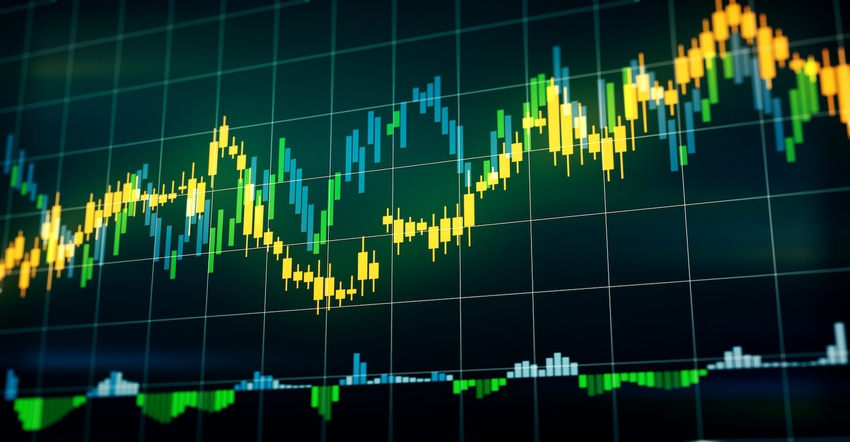Polyethylene producers have all but locked up their $0.05/lb increase for June, and a July jump of $0.05 to $0.07/lb could be on the horizon.
July 2, 2021

The commodity resin markets began to slow a bit at the PlasticsExchange trading desk, with busy midweek activity sandwiched by quiet Mondays and Fridays. Hmmm, the beginning of long summer weekends? Polyethylene (PE) contracts should finalize up a nickel in June while polypropylene (PP) contracts will average about a $0.12/lb gain, with the lion’s share awarded to a margin increase and the balance to cover the rise in June PGP costs, reports the PlasticsExchange in its Market Update for the week of June 21. Additional increases already are lined up for July.
Spot PE prices were steady to as much as $0.03/lb higher, depending on grade. Spot PP prices backed off a penny but remained near record levels. Spot resin prices have been relatively flat, holding gains since jumping sharply in the wake of the February winter storm, while contracts have been trekking higher, shrinking the huge spot premium down to only fairly large.
Historic resin rally lingers.
There was a slightly better flow of off-grade railcars, and while most prime grades remained elusive, some grades were available through imports, whether ready to go or still en route, which is an understatement considering the lengthy delays to deliver from overseas, writes the PlasticsExchange. With super tight container and space availability, ocean freight rates to the Americas has escalated, with another jump in July shipping costs impacting import margins. The reward to those taking the risk is reduced amid the lingering historic resin rally, which seems to teeter at times, but then endures.
Tight supply of spot material.
Although overall PE production continued to improve and upstream inventories have been replenishing, producers are still not back to normal supply positions. That was confirmed by the continued lack of spot material, according to the PlasticsExchange. At least one producer claimed to be sold out through August. Healthy demand continued to come from Mexico and Latin America, and US export pricing worked, but it was too expensive for incremental sales to other regions. Producers have all but locked up their $0.05/lb increase for June. With spot levels maintaining their upward momentum, the upcoming July increase of $0.05 to $0.07/lb could also have legs.
Spot PP trading was a bit thinner. There was a sporadic flow of off-grade railcars, though pricing jumped, pushing back some buyers. Domestic prime was still absent from the spot market, but imported prime was available to ship inland from both US coasts.
Overall PP prices continued to consolidate. On the top side, spot prime levels eased back a cent while the lower end of the pricing spectrum climbed at least a nickel. In the middle, average PP contract prices will confirm up around $0.12/lb, eating deeply into the premium that spot has held to contracts. While June contracts have not completely settled, at least two producers have announced price increases for July ranging from $0.03 to 0.05/lb in addition to the change in July monomer, which is already looking higher.
Resin markets dodge bullet.
The US resin market dodged a stray bullet last week as tropical storm Claudette passed through the Southeast without disrupting energy or resin production. While it never overly threatened the petrochemical-laden gulf, Claudette was already the third named storm of the young season, which is forecast to be another doozie. Industry statistics indicate that producers, still reeling from the massive 2020-21 supply disruptions, are actively building resin inventories, some of which is in preparation for hurricane season. Even though resin prices remain elevated, tight supply/demand fundamentals leave little room for error, according to the PlasticsExchange, which advises processors to also build an added buffer of resin as a precautionary measure.
Read the full Market Update, including updates on energy futures and feedstock pricing, on the PlasticsExchange website.
About the Author(s)
You May Also Like


